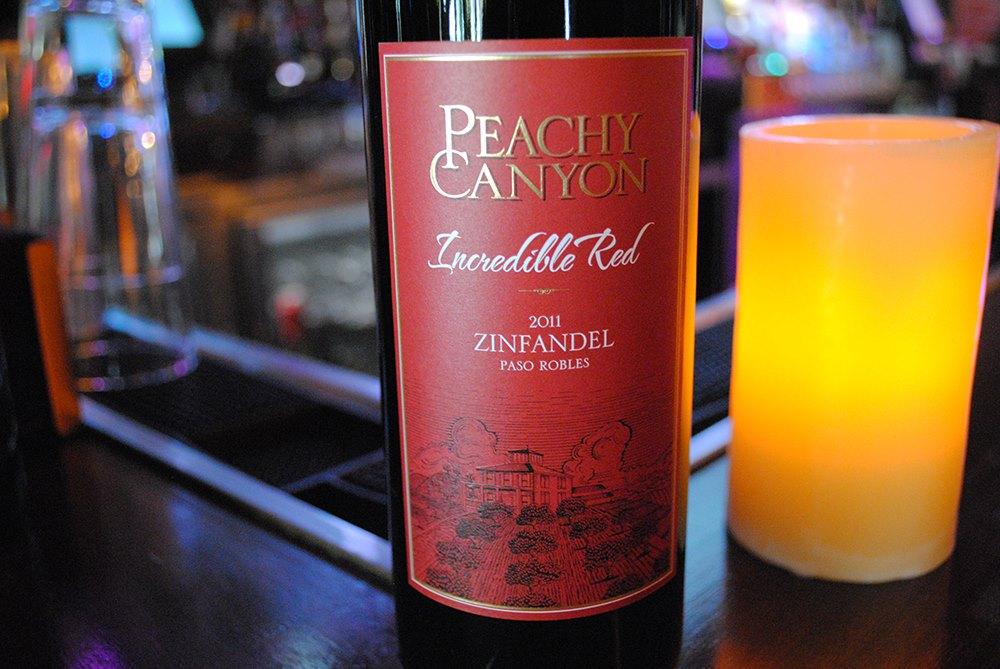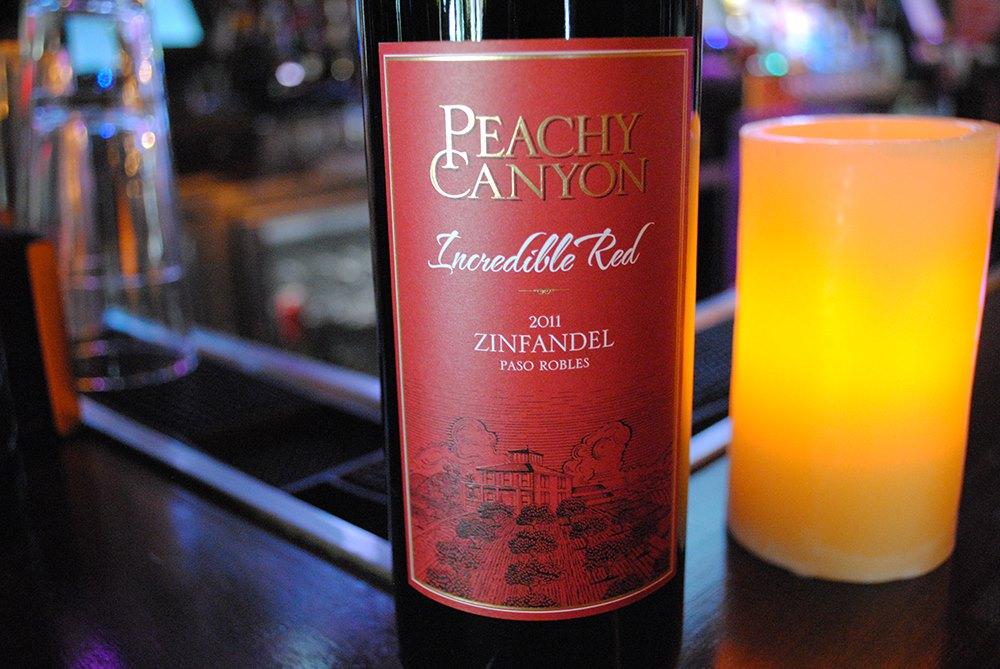Picking out a great bottle of wine can be as easy as sending a chimpanzee to the nearest liquor store with a note and $50 bill in its hand. But what if one doesn’t have a chimp or the money? Have no fear. By the time readers finish this, they will have received basic training in choosing quality wines that are affordable to most college students.
Successful wine selection does not require a huge amount of wine knowledge or super-human taste buds, but it does entail understanding how location and climate impact viticulture (this may prove to be one of the more enjoyable learning curves in a college career).
The approach offered here is based on becoming familiar with the regions where specific grapes produce quality wine. It also helps to know what wine varietals one likes or doesn’t like, but that can be determined after a little trial and error.
Armed with this knowledge, the STAR went to the Trader Joe’s in Petaluma where the mission was relayed to only Sean McReynolds in the wine department. The operation sought two varietal wines, one red and one white, in the $5–10 category with the caveat that a relatively small wine region such as the “Santa Cruz Mountains” must be specified on the front label versus the broader “California” designation. This relationship between a grape variety and the area where it grows best is the cornerstone to discovering quality in bargain wines.
After a little rumination, the sales associate decided on a Paso Robles Zinfandel for $8.99 and a Napa Valley Sauvignon Blanc for $6.99.
Like a warm chunk of the Tuscan sun, the 2011 Peachy Canyon Paso Robles “Incredible Red” Zinfandel is a fine expression of the zinfandel grape, opening with fragrances of raspberry, black cherry and touches of cocoa, cigar smoke, dried brush and raisin. The flavors resonate the red-and-black fruit theme introduced on the nose, but to a lesser degree. A framework of dusty tannins and bright acidity supports the palate in conjunction with a smooth texture (in fairness to the winemakers, it should be noted that the 2011 growing season was plagued by destructive spring frost and rain during harvest along the Central Coast of California). All in all, it’s a very nice wine in need of a bit more stuffing at the core. So why is this wine worth nine bucks and why is it mentioned here?
The Peachy Canyon Winery website provides some insight into the first part. The suggested retail price at the winery is $15, making the Trader Joe’s price a steal. Furthermore, the winery makes four other zinfandels averaging $35, so there is reason to believe they were bottled with only the best barrels from their respective wine programs, leaving leftover barrels for this bargain wine.
Barrel selections like this are made every day in wine cellars all over the world; they’re just not announced to the public. The leftover wine is placed in less expensive programs or sold on the bulk market to other wineries or retailers selling them under house labels.
More importantly, knowing that Paso Robles is one of the best regions in California for growing the warm-loving zinfandel grape is huge. Sonoma County is considered ground zero for zinfandel, but great zinfandels may also be found in the counties of Mendocino, Contra Costa and Napa as well as the Sierra Foothills and Lodi appellations.
Entire books have been devoted to individual wine regions worldwide, but for the sake of this crash course, a brief mention of temperatures in popular wine regions and the grapes that have acclimated to those regions is in order. Choosing California wines entails knowing the regions where conditions mimic or surpass a grape’s Old World place of origin.
Most of southern France (known for grenache noir, mourvèdre, picpoul blanc) and Spain (tempranillo, grenache noir) are warm to hot; Bordeaux (cabernet sauvignon, merlot, sauvignon blanc and more), Rhône (syrah, grenache noir, marsanne, viognier and more), Piedmont (barbera, nebbiolo, arneis) and Tuscany (sangiovese, trebbiano and some Bordeaux reds) are warm; Alsace and Germany (reisling, gewürztraminer, pinot gris and more), Champagne and Burgundy (pinot noir, chardonnay), and northwest Spain (tempranillo, albariño) are cool.
Some grapes can be successfully grown in any region. For example, chardonnay is found all over California: cool regions produce more apple expressions while warmer areas create more tropical fruit characteristics.
The 2012 Vintjs Napa Valley Sauvignon Blanc was chosen because Napa Valley produces some of the best sauvignon blancs on the planet. The light bodied wine opens with a pretty nose of pineapple hard candy, apricot jam, dried hay and wet stones, but the flavors of citrus, honeydew melon and minerals are a bit subdued in comparison. On the positive side, it has refreshing acidity and a velvety texture. The Vintjs label is one of Trader Joe’s house brands, so this wine was probably purchased on the cheap via the bulk market mentioned above, and consequently, a $4.99 price would have squared the deal for consumers.
Purchasing wines in the $5–10 range has its liabilities despite doing due diligence. Perhaps a quick Google search of user comments on the wine would have skewed the purchasing decision away from the Vintjs Sauvignon Blanc.
Nevertheless, following the trail of reliable wine regions and their most notable grape varieties produces success more often than not. It’s a fun exercise that will complement impromptu gatherings or potluck dinner parties while adding a theme such as “Australian Shiraz” or “Rioja Reds” will provide some structure and international flair.





![[Both photos courtesy of sonoma.edu]
Ming-Ting Mike Lee stepped in as the new SSU president following Sakakis resignation in July 2022](https://sonomastatestar.com/wp-content/uploads/2024/04/CC4520AB-22A7-41B2-9F6F-2A2D5F76A28C-1200x1200.jpeg)



























